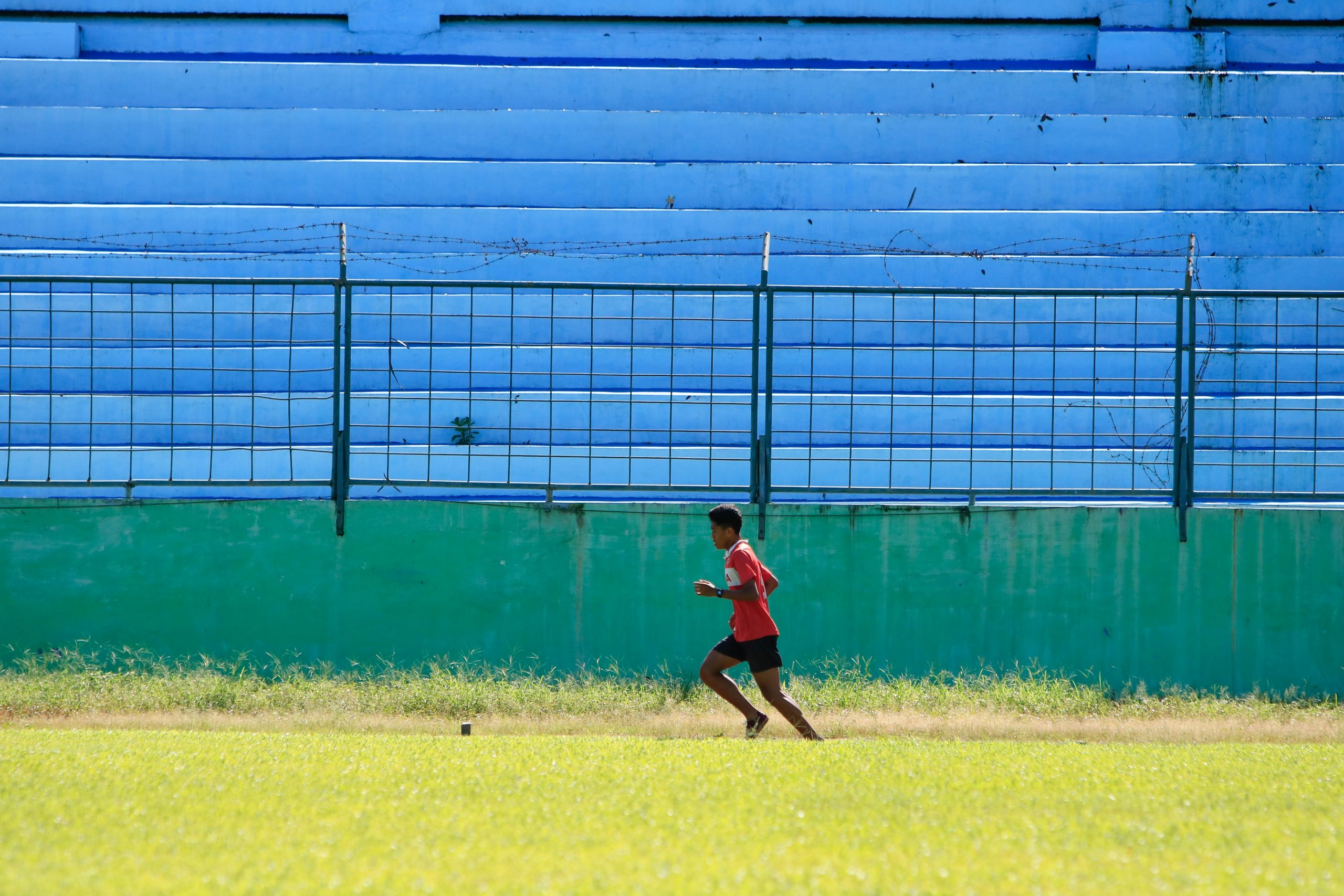
Effective Strategies for Developing Athletic Potential
Introduction
Developing athletic potential requires a combination of strategic planning, rigorous training, mental fortitude, and optimal recovery techniques. Athletes who aim to maximize their performance must adopt comprehensive strategies that encompass physical, mental, and emotional aspects of training. This article explores proven methods to enhance athletic potential based on current research and expert recommendations.
1. Goal Setting and Planning
Effective development starts with setting clear, achievable goals. Goals should be specific, measurable, attainable, relevant, and time-bound (SMART). Athletes and coaches collaborate to create a roadmap that outlines short-term and long-term objectives. This process helps maintain focus, track progress, and adjust strategies as needed.
Case Study: Serena Williams
Serena Williams, the tennis legend, sets annual goals that include improving specific aspects of her game, such as serve accuracy or footwork. Her meticulous planning contributes significantly to her sustained success in the sport.
2. Comprehensive Training Programs
Athletes benefit from structured training programs that encompass strength training, cardiovascular conditioning, flexibility exercises, and sport-specific drills. Periodization, dividing training into phases of different intensities and focuses, helps prevent burnout and optimizes performance gains over time.
- Strength Training: Builds muscle mass, enhances power, and reduces the risk of injury.
- Cardiovascular Conditioning: Improves endurance and stamina essential for prolonged athletic performance.
- Flexibility Exercises: Enhance range of motion and reduce muscle stiffness, crucial for agility and injury prevention.
Quote: Coach John Smith
“A well-rounded training program not only targets physical development but also hones mental resilience, a critical factor in achieving peak performance.”
3. Nutrition and Hydration
Proper nutrition fuels athletic performance and supports recovery. Athletes require balanced meals rich in lean proteins, complex carbohydrates, healthy fats, vitamins, and minerals. Hydration is equally crucial; maintaining fluid balance optimizes muscle function and overall performance.
Case Study: Usain Bolt
Usain Bolt, renowned for his speed, follows a diet high in lean proteins and complex carbohydrates to sustain his energy levels during training and competition. His nutrition plan is tailored to meet the demands of sprinting.
4. Mental Preparation and Visualization
Athletes utilize mental preparation techniques such as visualization, positive self-talk, and mindfulness to enhance focus and confidence. Visualizing successful performances primes the mind and body for optimal execution during competition.
Quote: Sports Psychologist Dr. Emily Chan
“Visualization techniques help athletes simulate game scenarios, reducing anxiety and reinforcing positive outcomes.”
5. Recovery and Rest
Rest and recovery are integral parts of athletic development. Adequate sleep, active recovery techniques (like stretching and massage), and rest days between intense workouts allow muscles to repair and grow stronger.
Case Study: LeBron James
LeBron James incorporates sufficient rest and recovery into his training regimen to ensure his body remains resilient throughout the NBA season. His commitment to recovery contributes to his longevity and performance consistency.
Conclusion
Developing athletic potential requires a multifaceted approach that encompasses physical training, mental conditioning, nutritional support, and recovery strategies. By adopting these effective strategies, athletes can optimize their performance, minimize injury risks, and achieve their full potential in their respective sports.
Implementing these strategies requires dedication, consistency, and collaboration between athletes, coaches, and support staff. Athletes who prioritize holistic development are better equipped to navigate challenges and sustain peak performance over the long term.





